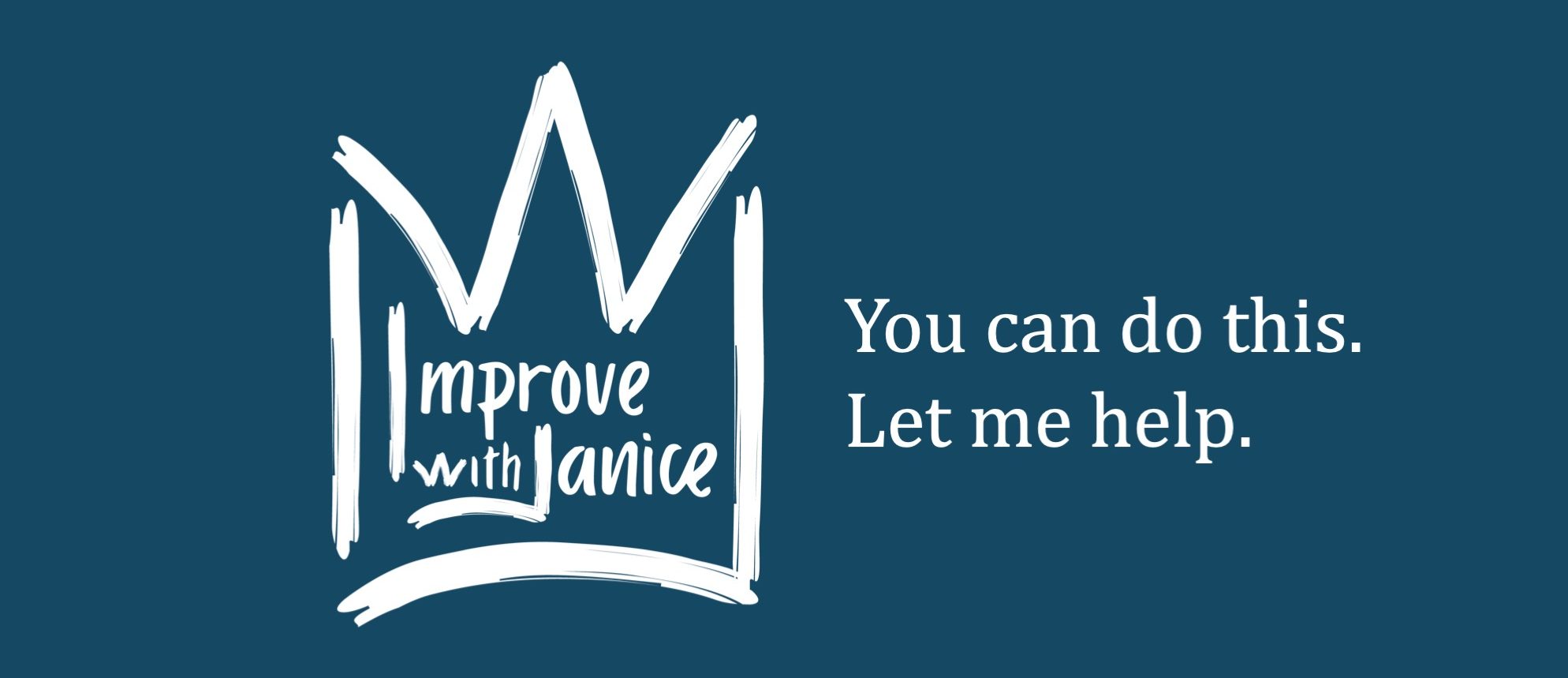When There Are Fireworks: Conflict Resolution Tips
07/04/2021
Conflicts can be complicated. Feelings and opinions are involved. Slights or outright treachery may be etched into memories. When there are fireworks, how can we resolve conflicts without sacrificing our own wellbeing? Try these conflict resolution tips to help you determine how you might better approach your unique situation
Envision Your Best Realistic Outcome
An effective technique to meet a goal is to work backwards from what you, realistically, hope to achieve. What does the ideal truce look like? How does this mean you will behave or act? Focus on what you would need to do and what you might ask of those involved to help achieve this ideal outcome. Remember you cannot control other’s behaviors and actions, so focus on what you can most strongly impact—yourself.
Determine What Obstacles Might Prevent Reaching An Agreement
When thinking of what might arise when attempting to reach an agreement, carve your path better by thinking of potential obstacles. If talking about the conflict usually sparks a bigger, unsolvable debate (think religion, politics, finances), strive to keep the conversation on the scale that you can impact. Fighting about the family budget and where to splurge should not lead to a discussion about the evils or benefits of fracking and pipelines.
Brainstorm Effective Communication
Messages are easier to receive if the circumstances are maximized. Important discussions should not take place when someone does not have the proper time or headspace to participate. Aim for a comfortable situation. For example, both parties would ideally be like a road trip-ready toddler: fed, clean, toileted, and not upset. Additionally, make sure *you* are also in an effective mood to put out fireworks. Just as you shouldn’t make any major decisions after procedures with anesthesia, so too should you avoid making rash choices when in an emotional state.
Each situation is unique and can present challenges when trying to resolve conflicts. Life coaching can be useful to work through nuances and find opportunities to reach a better outcome.
